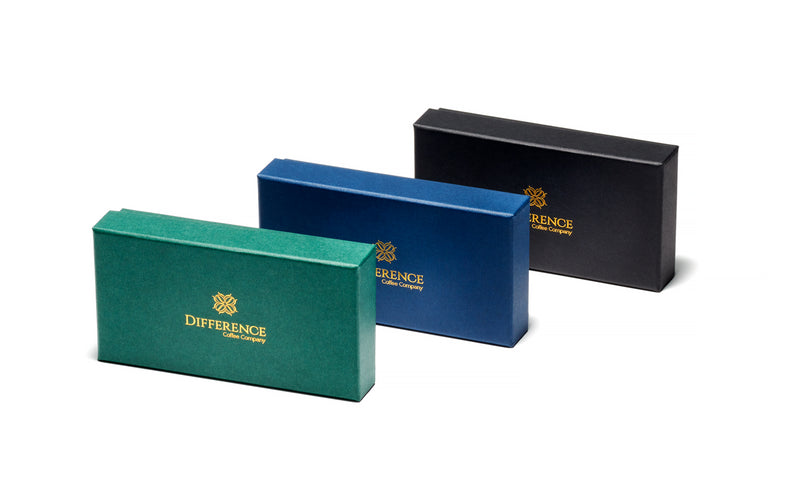Difference Coffee works with select restaurant clients, and as part of that we frequently discuss issues affecting properly extracted coffee. One of the most frequent myths we hear is that humidity in the air is an important factor. Inconsistent coffee quality is blamed on changes in humidity from day to day, but we let our clients know this blame is misdirected. Humidity really does not affect brewing as much as people think it does.
Most restaurants have a fairly consistent level of humidity. Plus, restaurants are often air-conditioned, which makes the air pretty dry even when it’s humid outside. So whilst it is true that humidity in the air can alter the solubility of a bean, it’s not a huge deal, and almost never the reason for inconsistent coffee extraction.
HUMIDITY VS TEMPERATURE
Coffee is a fresh product, and when exposed to air over time it will lose freshness through degassing and oxidising. Temperature, rather than humidity, is the most important factor affecting the rate at which coffee loses its freshness. That is why coffee beans should be stored in a cool, dry place. Yet the ambient air temperature inside a restaurant doesn’t fluctuate enough to significantly affect the solubility of the coffee. Neither the temperature nor the humidity in the air are to blame for brewing issues.
Temperature is key, but it’s the temperature of the equipment – mainly the grinder – that really makes a difference in coffee quality. When a grinder is used for the first time in the morning, it’s cold after being unused all night. Later in the day it might be used 20 or more times in an hour, which makes the machine quite warm.
Restaurant grinders usually work on a timed setting, for example being set to grind the coffee for 4 seconds to produce 18 grams of ground coffee. When the grinder is warmer, so are the beans, which means they are easier to break down. A 4-second grind when the machine is warm might therefore produce 19 grams of coffee, compared to the standard 18 grams when the grinder and beans are colder. A shot of coffee extracted from a 19-gram dose will be noticeably different to that from an 18-gram dose.
The differences in coffee weight due to equipment temperature might not be immediately noticeable to the barista, but they are big enough to change the characteristics of the coffee. It’s important that the barista is aware of the issue and considers the weight of the coffee used for every shot.
HUMIDITY VS FRESHNESS
Humidity is often incorrectly blamed for problems caused by stale coffee. Restaurants fill up their machine’s hopper with coffee so it’s ready to go all day and night long. For reasons of convenience or perhaps just not understanding the importance of freshness, many will leave the coffee in the grinder overnight. Exposed to the air, the beans degas, oxidise and dry out. Not only will the next day’s coffee taste less fresh, the grind will be affected too, resulting in inconsistent coffee weight.







